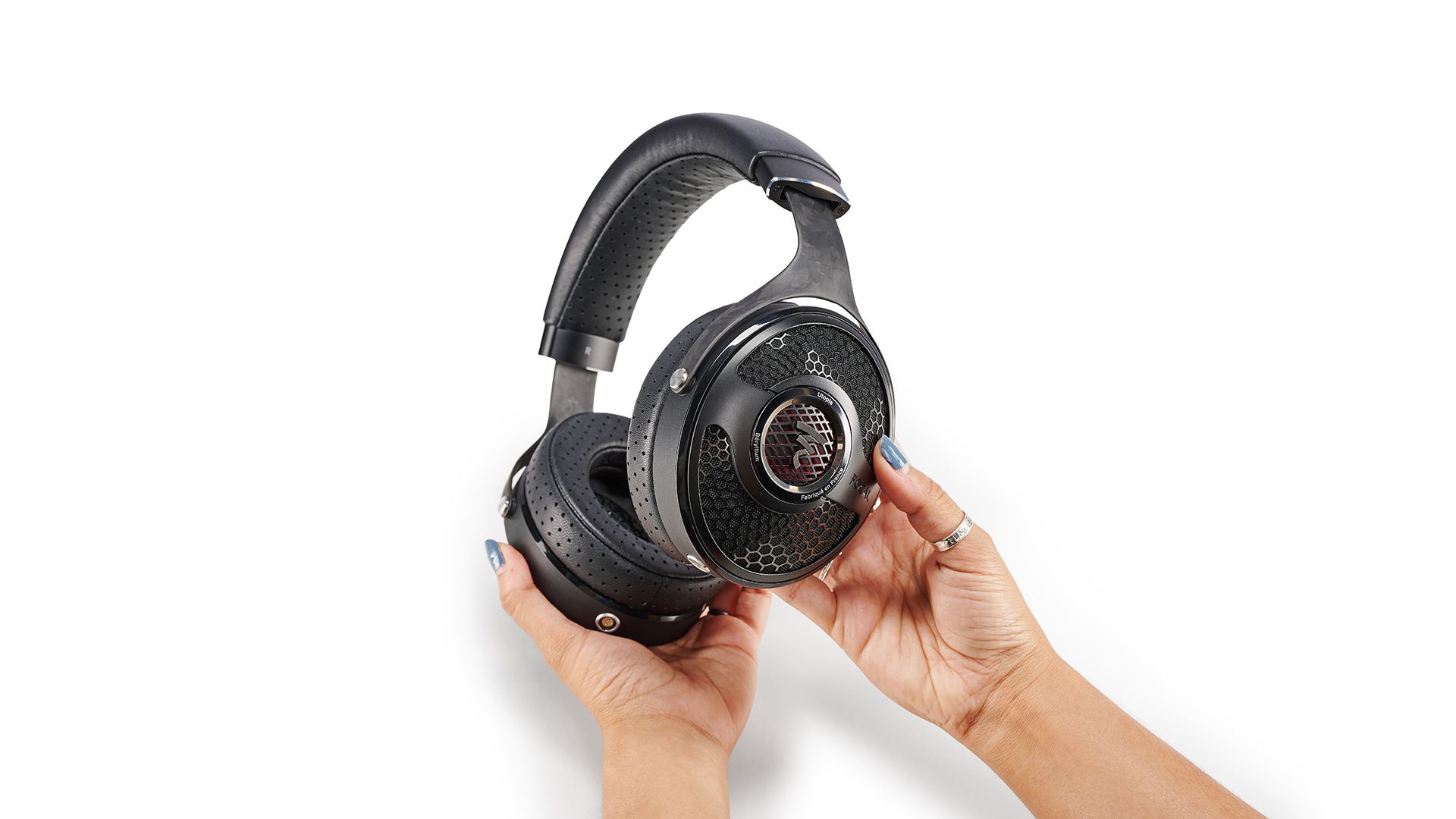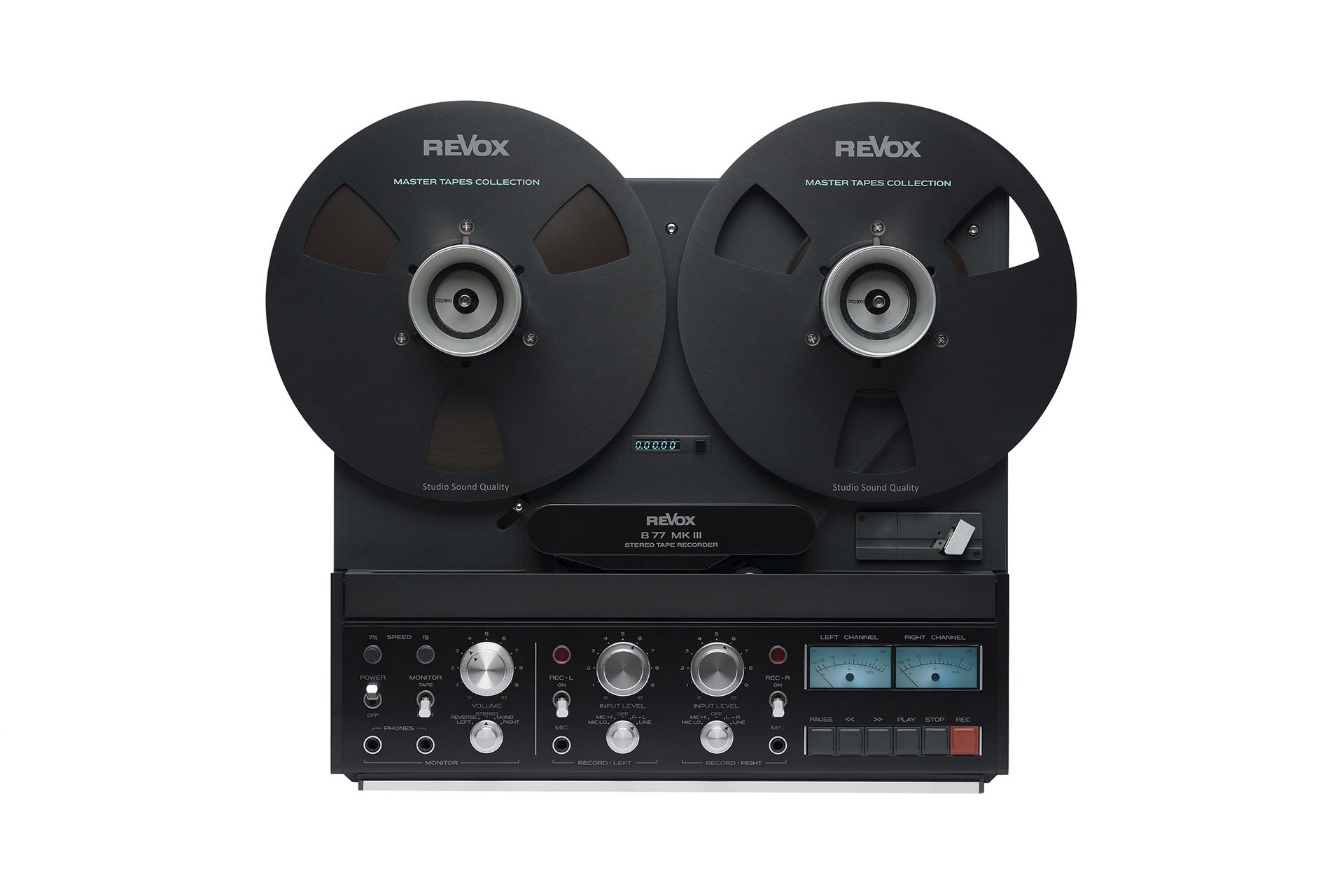I have to ask where the M-Audio line stacks up these days. I know its old but it was good.I bought one right after this and it works great to this day even on Arm.
M-Audio MobilePre Digital Recording Interface
M-Audio MobilePre Digital Recording Interface
FreeBSD Friends,
Like many of you, I'm both a FreeBSD user and a hobby musician.
I'm running 11.1-RELEASE-p1 on my desktop, which lacks audio hardware. It's a Supermicro A1SRM-2758F, which I know is an oddball desktop, but it works surprisingly well (with an Nvidia board in its open-ended x8 slot).
My microphone's a Shure SM58, and my mixer/pre-amp is a Behringer UB802.
In the past, I've plugged the Behringer's output in to the cheap built-in audio hardware of various computers, with OK results.
I'd like to invest in audio hardware for my desktop that's a match to the grade of...
Like many of you, I'm both a FreeBSD user and a hobby musician.
I'm running 11.1-RELEASE-p1 on my desktop, which lacks audio hardware. It's a Supermicro A1SRM-2758F, which I know is an oddball desktop, but it works surprisingly well (with an Nvidia board in its open-ended x8 slot).
My microphone's a Shure SM58, and my mixer/pre-amp is a Behringer UB802.
In the past, I've plugged the Behringer's output in to the cheap built-in audio hardware of various computers, with OK results.
I'd like to invest in audio hardware for my desktop that's a match to the grade of...
- robroy
- Replies: 20
- Forum: Peripheral Hardware




